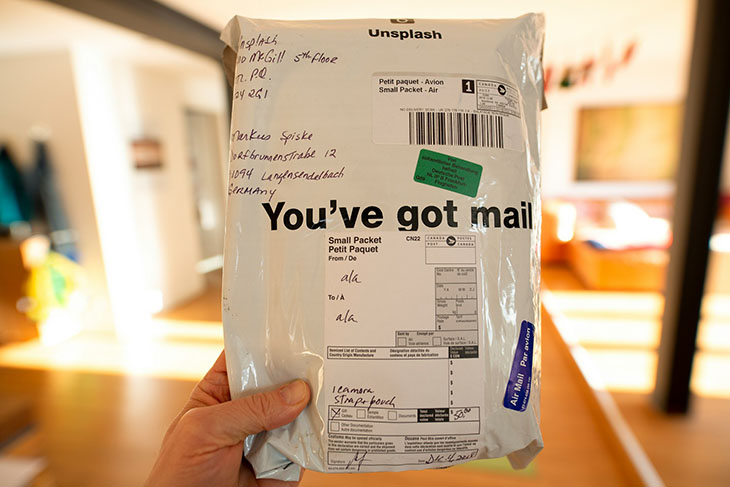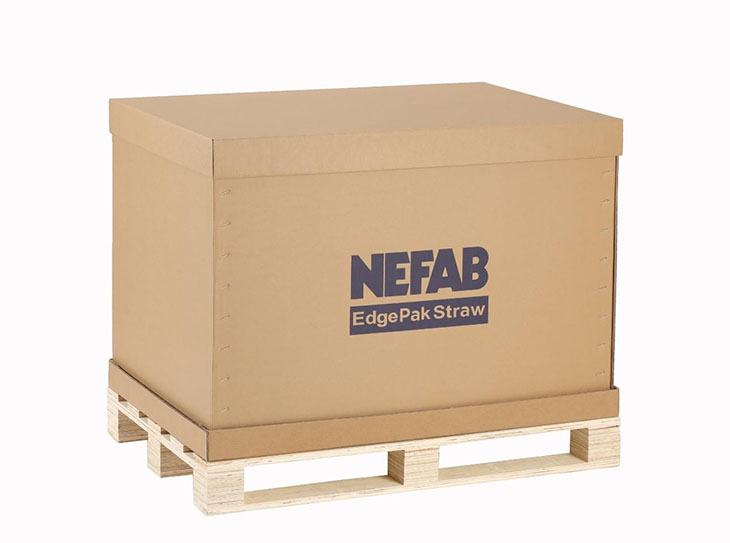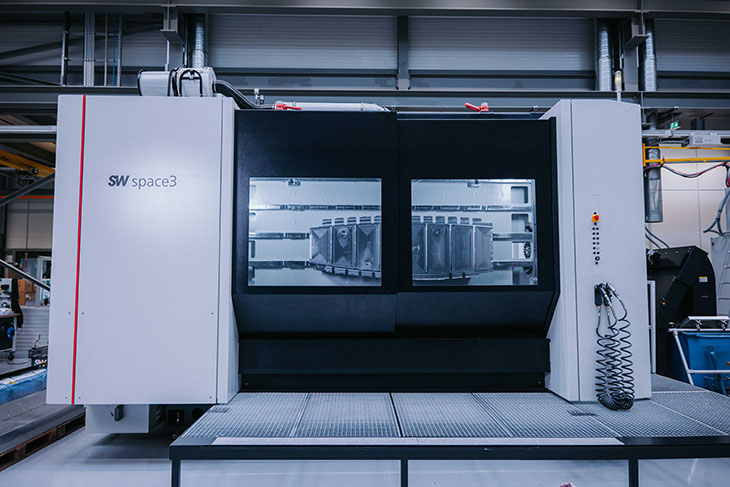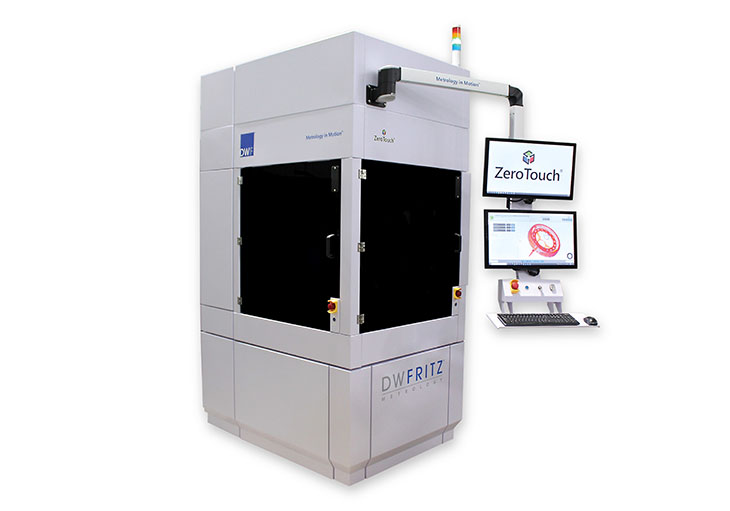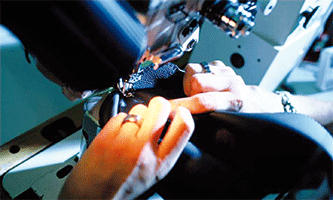A notification appears saying a package has arrived, yet nothing is there. B2B and B2C shoppers immediately report these fiascos to customer service reps and hound post offices when it was the work of package thieves — dubbed porch pirates. Last-mile delivery theft is a rampant problem in a world of rising e-commerce. How can industry workers maintain a positive reputation while keeping customers’ orders safe from crime?
Primary Causes of Last-Mile Theft
There are several main categories of last-mile delivery theft. They include:
- Fraud: Faking deliveries, double brokering and corrupting packages
- Internal theft and pilferage: Stealing and sharing from warehouses and routes, potentially working with other staff or criminal outfits
- Cargo hijacking: Manipulating truck routes or infiltrating to jeopardize inventory
- Conventional theft: Taking packages from porches or mailboxes
Estimates suggest porch piracy claimed 119 million packages in the U.S. in 2023 — about 35% of survey respondents. Almost half of these people have had packages stolen from them previously, highlighting how pervasive the issue is.
Strategies for Reducing Theft Opportunities
Dropping packages off on doorsteps is not reliable anymore. Even modern proof of delivery (POD) systems are not enough. What technologies and obstacles could stop porch pirates?
Training Employees
Personnel should have a foundational theft-prevention tool kit. If they notice someone stealing a package, they should have PPE, a specific method for reporting, basic safety and self-defense knowledge, and communication skills for how to deal with confrontation. A calm yet effective intervention may be enough to prevent an incident.
Partnering with Local Businesses
Imagine grabbing mail from a barber or barista. Delivery systems should collaborate with organizations nearby to become trusted housing and couriers. This reduces the time packages spend out in the open to zero.
The setup bolsters local economies by bringing patrons in the door while allowing staff to acquaint themselves with the community. People are happy to obtain packages from familiar faces.
Smart Lockers and Mailboxes
These gadgets allow delivery drivers to streamline their routes while keeping packages safer. No package meets a doorstop — instead, they are put in secure lockers behind PINs, QR codes and other verification techniques, along with two-factor authentication at community hubs.
Places like pharmacies, grocery stores, gas stations and post offices are ideal because people can do their errands and obtain packages simultaneously. It is perfect for high-crime areas because they are typically populated and well-lit. They are also revolutionary for e-commerce logistics, where delivery speed expectations get more rigorous yearly.
Real-Time Monitoring
Tracking monitors enable delivery drivers and customers to know the status of their packages at all times. Integrations with GPS and RFID tags make tracking and optimizing easier than ever while learning the area’s risk levels.
It also lets everyone have two-way communication, encouraging faster remediation of claims or concerns. If organizations provide more precise delivery windows, recipients can increase the chances of immediate receival if they are concerned about theft. A narrow, one- to two-hour window is ideal — not a seven- or nine-hour gap. If traffic or weather causes schedule shifts, next-generation communication tools could provide drivers with approved alternative drop-off points.
Extensive PODs
Drivers must complete thorough POD documentation that is easy to fill out to minimize data entry errors. It should include these points:
- Delivery date and time stamps
- Tracking number
- Packaging condition and photos
- E-signature of recipient
- Address
Discreet, Tamper-Evident Packaging
Though branding is the name of the game, delivery companies should prioritize bland, discreet packaging. Smart labels provide utility to drivers while omitting a list of contents. Boxes with attractive colors and familiar logos are likelier to get nabbed than those that seemingly fade into the background. Thieves may easily determine the value of the package if there is recognizable imagery.
Additionally, the boxes should have unquestionable visual cues to alert recipients and drivers if the package has been tampered with. This makes the crime obvious before additional hands influence the parcel’s state, muddling investigations.
Techniques in Action
Business partnerships require finagling. Stores made $3.1 trillion in sales but lost $49.6 billion to theft and related shrinkage. Increased brick-and-mortar shrinkage over the years has slashed on-shelf inventories, making it challenging to support customers with curbside or in-store pickups. They also may receive their stock late due to port and shipping disruptions.
Most technologies boosting last-mile security involve working with third-party providers, especially when leveraging the Internet of Things to gather real-time data. Integration theft prevention requires strict auditing to ensure the quality and trustworthiness of the collaboration. Industry workers should hold third parties under the same scrutiny as internal staff.
The industry must take it upon itself to educate customers. Brands could include leaflets and suggestions for protecting packages if they do not implement any of the aforementioned techniques. Inform customers of the benefits of security cameras, motion-detecting lights and lockboxes.
Poor deliveries make 72.5% of customers stop recommending a retailer. Consumers connote the delivery method and success with the quality of the shop. If their post-purchase experience is seamless and crime-free, then adopting high-tech strategies like lockers and real-time monitoring will become commonplace. It will boost brand loyalty and customer satisfaction while cutting inventory losses and disputes hemorrhaging money.
Abating Last-Mile Delivery Theft
Last-mile delivery theft is not always someone nabbing an unsuspecting package off the welcome mat — internal pilfering and cargo hijacking are also prominent concerns. Preventing issues is critical for streamlining an overworked postal and delivery industry. It boosts the relationships between couriers and customers while setting a precedent for a more secure, trustworthy future.









